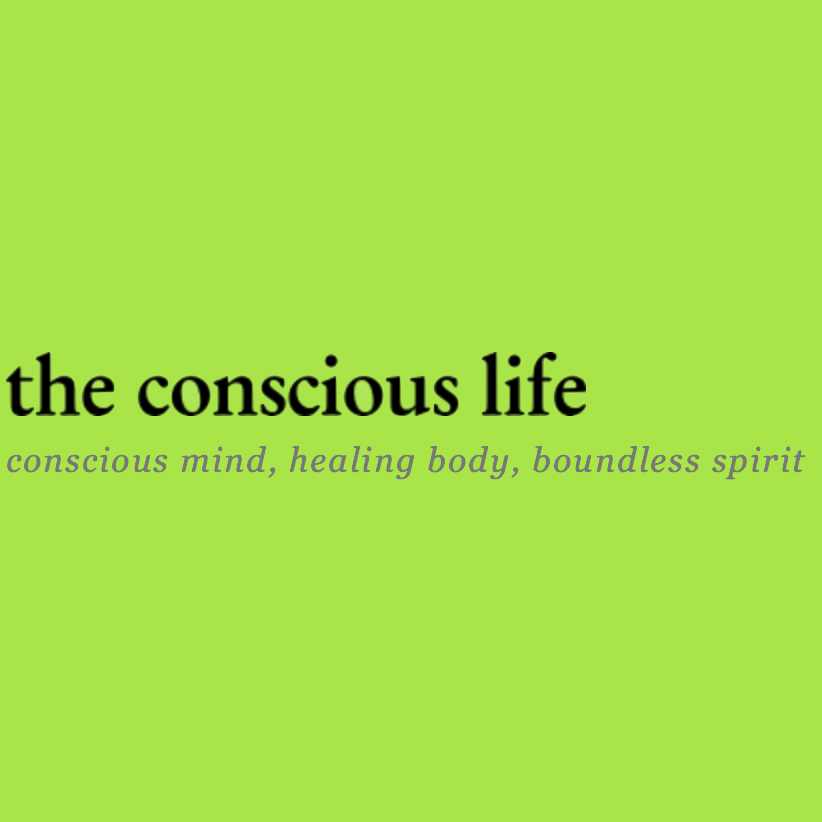
How to Meditate for Beginners
02/21/2018 06:00AM | 7167 viewsHave you been wanting to learn how to meditate but don't know where to start? Let this comprehensive guide for beginners show you the way.
Meditation is a simple but life-transforming skill that can help you to relax, enhance understanding about yourself and develop your inherent potential.
The meditation posts I have written in the past focused mainly on the applications of different meditation techniques. But if you have little knowledge about meditation, you may find it challenging to apply them without first learning the basics of meditation.
So in this article, I have laid down some basic instructions on how to meditate for beginners as well as address the common concerns most beginners may have.
- Choose a conducive environment. Find a nice, quiet place where you won’t be disturbed for fifteen minutes or longer. Sit down, relax and rest your hands on your lap. You can sit on the floor cross-legged with the support of a meditation cushion, or on any chair with your feet resting on the ground. It is not necessary to force yourself into a lotus position if you are not used to it. Regardless of how you sit, it is important to maintain the natural curve of your back. That means no slouching. People with chronic back problems who cannot sit for a prolonged period of time can explore other meditation positions.
- Breathe slowly and deeply. Close your eyes softly. Direct your soft, unfocused gaze downwards. Begin by taking a few slow and deep breaths — inhaling with your nose and exhaling from your mouth. Don’t force your breathing; let it come naturally. The first few intakes of air are likely to be shallow, but as you allow more air to fill your lungs each time, your breaths will gradually become deeper and fuller. Take as long as you need to breathe slowly and deeply.
- Be aware. When you are breathing deeply, you will begin to feel calmer and more relaxed. That is a good sign. Now, focus your attention on your breathing. Be aware of each breath that you take in through your nose. Be mindful of each breath that you exhale with your mouth. Continue focusing on your breaths for as long as you like. If you find your attention straying away from your breaths, just gently bring it back. It may happen many times. Don’t be disheartened. What’s important is to realize that you have wandered and bring your attention back to where it should be. As you develop greater focus power, you will find it easier to concentrate.
- Ending the session. When you are ready to end the session, open your eyes and stand up slowly. Stretch yourself and extend your increased awareness to your next activities. Well done! You have done it!
Meditation Tips for Beginners
Guided meditation MP3s or CDs as meditation tools. For beginners, audio guided meditations provide step-by-step instructions that help to introduce meditation in an easy and non-intimidating way.
Experienced meditators may also benefit from guided meditation programs as they can reveal different perspectives and approaches that might have escaped one’s awareness.
As there are many types of guided meditation available, it is important to be clear of what you are looking for. For instance, The Healing Waterfallseries is great for deep relaxation, while Chill Out is useful for calming anxious nerves. No matter what your objectives are, you are likely to find a guided meditation that suits your needs.
Aim to have the length of your exhalations as long, if not longer, than your inhalations. By expelling more used air, you make more room for fresh air to fill your lungs. If your out-breaths are much shorter than the in-breaths, you can help to expel more air by gently contracting your abdominal muscles.
If the weather is chilly, keep yourself warm with a blanket or shawl during meditation.
Meditating with an empty or full stomach may be distracting or even uncomfortable. Make sure there is something in your tummy, but not so much that you feel distracted while sitting.
Some people find it easier to meditate with light music or other relaxing sounds in the background, while others prefer total silence. If you belong to the first group, choose an appropriate music that helps you to calm down and yet won’t distract you from your practice. Some examples are sounds of nature (such as rain and ocean waves), traditional music (like native American flute music) as well as contemporary meditation music (Music for Healing by Steven Halpern comes to mind). The choice of music, or lack of, is entirely a matter of personal preference. So feel free to experiment and see what works best for you.
Use a meditation timer or any countdown timer. It tells you your time is up without you having to think about it constantly. You can use the timer that is built into your mobile phone or digital watch. Alternatively, you can also use this free online meditation timer that comes with a few soothing alarm sounds for you to choose from. Regardless of which timer you use, just make sure the alarm is not so jarring that you’d get a rude shock each time it beeps.
Once you have mastered breathing meditation, you can choose to continue with it or try other meditation techniques. There are many types of meditation techniques that can help you to develop inner qualities which you never knew existed. Feel free to explore other forms of meditation listed in the meditation resources.











Post your Comment
Please login or sign up to comment
Comments